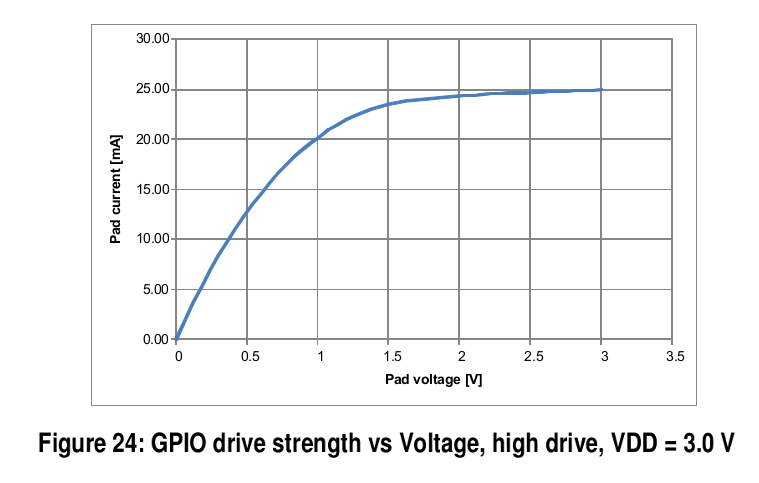I have a rather unique problem. I want to control an "old-fashioned" DPDT relay using nRF52 GPIO lines. I'm trying to accomplish this task without adding a power transistor circuit to my design. (My prototype board is already a mess of solder puddles, and I'm also running out of room.)
The relay specs state that a nominal voltage of 1.5V, and a nominal power of 50 mW, are required to operate the coil. I've also read that it's possible to damage a coil with too much power. So I have proceeded cautiously. A single GPIO line at standard drive strength gave me only 0.35 V across the coil. Obviously, that wasn't enough to operate it. Switching to high drive strength gave me 1.35 V. I still did not see the relay operate.
I wired two GPIO lines together, set them both to high drive strength, and operated them in tandem. The relay is still not operating, but I'm up to 1.95 V across the coil.
Since I'm over the nominal voltage for the relay, I speculated that I'm still not sourcing enough current. At 1.95 V, I need 26 mA to achieve 50 mW. But this diagram from the nRF52 data sheet suggests that I should have enough power:

At 1.95 V, EACH of my high-drive GPIO lines should be able to source around 22 mA. I should therefore have 44 mA, and 86 mW.
I came across a discussion which states that the nRF51 can only have three high drive strength GPIO lines. I haven't seen anything similar in the documentation for the nRF52, or in any discussions here in the Developer Zone. What do I need to know?
Thanks for any advice and guidance.

